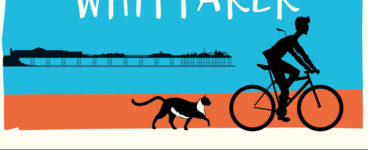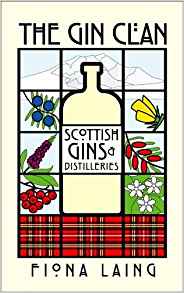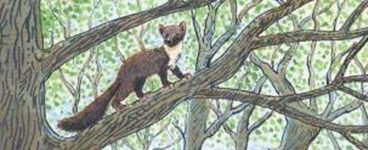‘Today, three of the world’s bestselling gins – Gordon’s, Tanqueray and Hendrick’s – are all made in Scotland.’
The gin craze shows no sign of stopping, and Scotland’s gins are becoming as famous as their whiskies. Luckily, Fiona Laing has brought all of Scotland’s gin distilleries together in her new book, The Gin Clan and given us all the perfect excuse to fill our glasses. Chin chin!
Extracts taken from The Gin Clan
By Fiona Laing
Published by Great Northern Books
For many people, the thing they will associate with Scotland’s distilleries is whisky. After all, Scotland exported the equivalent of 1.23 billion bottles in 2017 according to HMRC data.
Yet, gin is intrinsically tied to whisky, sharing many of the same processes and technology.
Distillers were key players in the Scottish economy in the 18th and 19th centuries, satisfying both domestic consumption and exporting their spirits. But they were also at the mercy of the wider economic conditions and changes to the tax regime.
At the height of the Gin Craze in the early 18th century, Scots were taking advantage of the thirst for spirits.
Two families – the Steins and the Haigs – were dominant in Scottish distilling and had much of the home market sewn up, so they looked further afield.
In 1777, records show James Stein exported 2,000 gallons of spirit to England to be “rectified into gin”. By 1782, the figure was 184,000 gallons and it is said that by 1786 Scottish production accounted for a quarter of the English market.
In 1786, when extra duties were imposed on Scottish spirits, sales in England collapsed and it hit the Steins.
However, the family bounced back, and by 1826 Robert Stein had invented a still capable of a continuous method of distillation. This was the seed for revolution in the industry and meant greater quantities of better quality spirit.
Refined by the Irishman Aeneas Coffey with the introduction of a twin column still, the need for multi-distillation was removed and the quality of the spirit improved again.
Distilleries founded by the Stein-Haig dynasty – John Stein married Margaret Haig in 1751 – are today the sites of modern gin operations. In the north of Fife, Seggie was founded by William Haig in 1810 and is now the site of Eden Mill. Further south, John Haig founded Cameronbridge in 1824: it is now the largest grain distillery in Europe and home to Tanqueray and Gordon’s Gin.
Today, three of the world’s bestselling gins – Gordon’s, Tanqueray and Hendrick’s – are all made in Scotland.
Which helps explain the often-quoted statistic that 70 to 80 per cent of the gin produced in the UK comes from Scotland.
The Botanist
Bruichladdich Distillery

As Islay distilleries go, Bruichladdich has one of the most stunning settings, right on the shore, looking out over Loch Indaal.
In a community steeped in whisky tradition, its outlook however is deliberately progressive.
The birth of the Botanist is a good illustration of this intention to shatter expectations. It was Islay’s first gin – and one of the first from a Scottish whisky distillery.
The distillery itself dates back to 1881 and in 1994 was shut down.
With the new millennium, came owners with a vision to transform the semi-derelict site into a modern operation which went on to set the whisky world alight.
Creating the Botanist was a complicated process. Head distiller Jim McEwan experimented for more than five years before settling on the balance of nine core and 22 Islay botanicals, wheat-based neutral grain spirit and water from Dirty Dottie’s spring on Octomore Farm.
The technicalities of distilling this complex recipe also called for innovation.
When people talk about a bespoke still rarely do they mean something like Ugly Betty.
Brought from a grain distillery in Dumbarton, the 15,500-litre Lomond still had originally been designed as a flexible tool.
However, it still took serious modifications to create something that would satisfy Jim’s gin vision and exacting standards.
Ugly Betty’s 17-hour distillation creates a complex gin where the botanicals – including chamomile, creeping thistle, bog myrtle, downy birch, elderflower, gorse, hawthorn and heather – each have their place.
The Gin Clan by Fiona Laing is published by Great Northern Books, priced £11.99
ALSO IN THIS ISSUE

 The Posthumous Adventures of Harry Whittaker
The Posthumous Adventures of Harry Whittaker
‘Death mocks me at every turn. In twenty-four hours I’ve been demoted from Shakespearean tragedy to …














